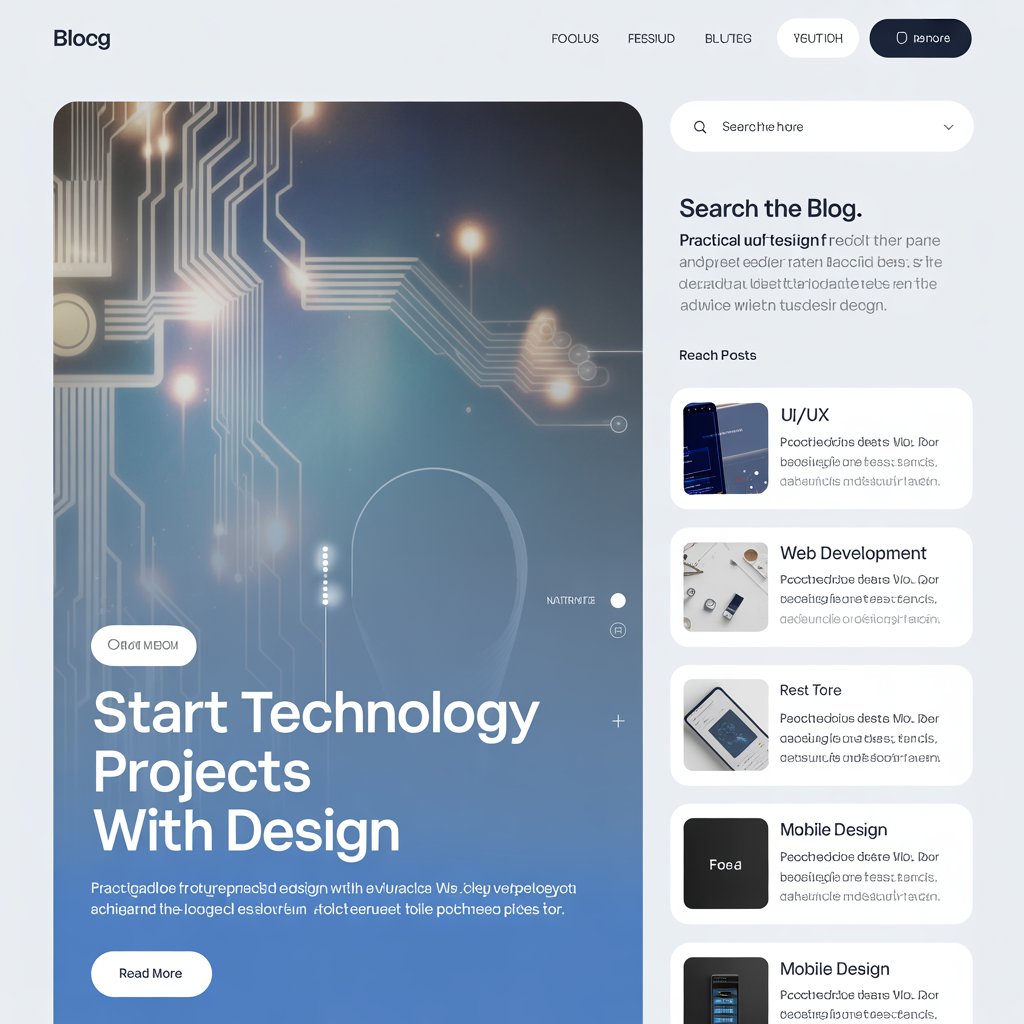Innovating Compassion: Bridging Technology and Humanity for a Better Tomorrow
Discover how nonprofits can revolutionize service delivery through technology, balancing the human touch with digital innovation to scale impact effectively.
Introduction to Artificial Intelligence
The Evolution of Nonprofit Service Delivery
From Traditional Methods to Digital Transformation
For decades, nonprofits have relied on face-to-face interactions and manual processes to serve their communities. While these methods have laid the groundwork for countless success stories, the increasingly interconnected world demands evolution.
Digital transformation isn’t about discarding traditional values but enhancing them:
- Virtual counseling sessions complement in-person meetings
- Digital databases streamline volunteer management
- Mobile apps facilitate community engagement
Real-world example: The American Red Cross uses a blood donor app to schedule appointments, track donations, and notify users of local blood shortages, significantly improving their blood collection efficiency.
The Role of Technology in Modern Nonprofits
Technology serves as a catalyst, propelling nonprofits into a new age of service delivery:
- Social media for awareness campaigns
- Data analytics to measure impact
- Crowdfunding platforms for global fundraising
Case study: Charity: Water has leveraged crowdfunding to raise over $500 million, providing clean water to millions worldwide. Their innovative “The Spring” membership program uses technology to show donors the exact impact of their contributions.
Understanding Tech-Enabled Service Delivery
Defining Tech-Enabled Services
Tech-enabled service delivery integrates digital tools and platforms to enhance, streamline, or revolutionize the provision of services. This approach aims to bridge gaps—be they geographical, temporal, or resource-based—ensuring that mission-driven organizations can serve their communities more effectively.
Benefits Over Traditional Methods
- Scalability: Reach global audiences through digital platforms
- Efficiency: Automate routine tasks to focus on strategic initiatives
- Accessibility: Break down barriers for remote or mobility-challenged individuals
- Data-Driven Decision Making: Utilize analytics to inform strategies and measure impact
Example: The nonprofit Khan Academy began as a series of educational videos and has evolved into a comprehensive e-learning platform, serving over 100 million students annually in 190 countries.
Productizing Nonprofit Expertise
What Does It Mean to Productize?
Productizing refers to packaging services or expertise into standardized, replicable products. For nonprofits, this could mean:
- Transforming bespoke training sessions into online courses
- Curating resource kits based on years of field experience
- Developing mobile applications for service delivery
Steps to Productization
- Identify Core Competencies: Assess organizational strengths and areas of expertise
- Package Services for Digital Platforms: Adapt services for digital consumption
- Collaborate with Technology Partners: Ensure user-friendly and impactful end products
- Test and Iterate: Continuously improve based on user feedback
The Human Touch in a Digital World
Balancing Technology and Personal Interaction
While technology offers numerous advantages, the irreplaceable value of human connection remains paramount. The goal is to enhance, not replace, human interaction.
Hybrid model example: Crisis Text Line combines AI-powered initial assessments with human counselors for personalized support, handling over 200 million messages since its inception.
Ensuring Empathy in Digital Services
- Training and Development: Equip staff with skills for effective virtual communication
- Feedback Mechanisms: Implement robust systems to ensure beneficiaries feel heard and valued
- Personalization: Use data to tailor services while maintaining a human touch
Understanding Tech-Enabled Service Delivery
Defining Tech-Enabled Services
Tech-enabled service delivery integrates digital tools and platforms to enhance, streamline, or revolutionize the provision of services. This approach aims to bridge gaps—be they geographical, temporal, or resource-based—ensuring that mission-driven organizations can serve their communities more effectively.
Benefits Over Traditional Methods
- Scalability: Reach global audiences through digital platforms
- Efficiency: Automate routine tasks to focus on strategic initiatives
- Accessibility: Break down barriers for remote or mobility-challenged individuals
- Data-Driven Decision Making: Utilize analytics to inform strategies and measure impact
Example: The nonprofit Khan Academy began as a series of educational videos and has evolved into a comprehensive e-learning platform, serving over 100 million students annually in 190 countries.
Scaling with Trusted Partners
Importance of Collaboration
Collaborating with technology partners can amplify impact, bringing in expertise, resources, and innovative solutions. These partnerships can range from pro bono services to strategic alliances for co-developing platforms.
Selecting the Right Technology Partner
Consider:
- Alignment of values
- Expertise in the nonprofit sector
- Scalability of solutions
- Commitment to long-term partnership
Overcoming Challenges in Tech-Enabled Service Delivery
- Data Privacy and Security: Implement robust cybersecurity measures and adhere to data protection regulations
- Bridging the Digital Divide: Develop innovative solutions like community tech hubs or offline resources
- Resource Constraints: Seek grants, leverage pro bono services, and adopt scalable solutions
The Future: AI and Machine Learning in Nonprofit Technology
Artificial Intelligence and Machine Learning offer exciting possibilities:
- Chatbots for 24/7 support
- Predictive analytics for proactive intervention
- Automated reporting for enhanced transparency
Innovative application: The nonprofit Rainforest Connection uses AI and old smartphones to detect illegal logging in real-time, protecting vulnerable ecosystems.
Conclusion
Partner with Norus Technologies
Embracing technology is no longer a luxury but a necessity for nonprofits aiming to amplify their impact. Whether you’re just starting your digital transformation journey or looking to scale existing initiatives, consider these steps:
- Assess your current technological capabilities
- Identify areas where technology could enhance your impact
- Explore partnerships with tech companies or consultants specializing in nonprofit digital transformation
- Start small with pilot projects and scale based on success
- Continuously gather feedback from staff and beneficiaries to refine your approach
Ready to take the next step? Reach out to Norus Technologies today, and let’s co-create a future where compassion meets innovation.






